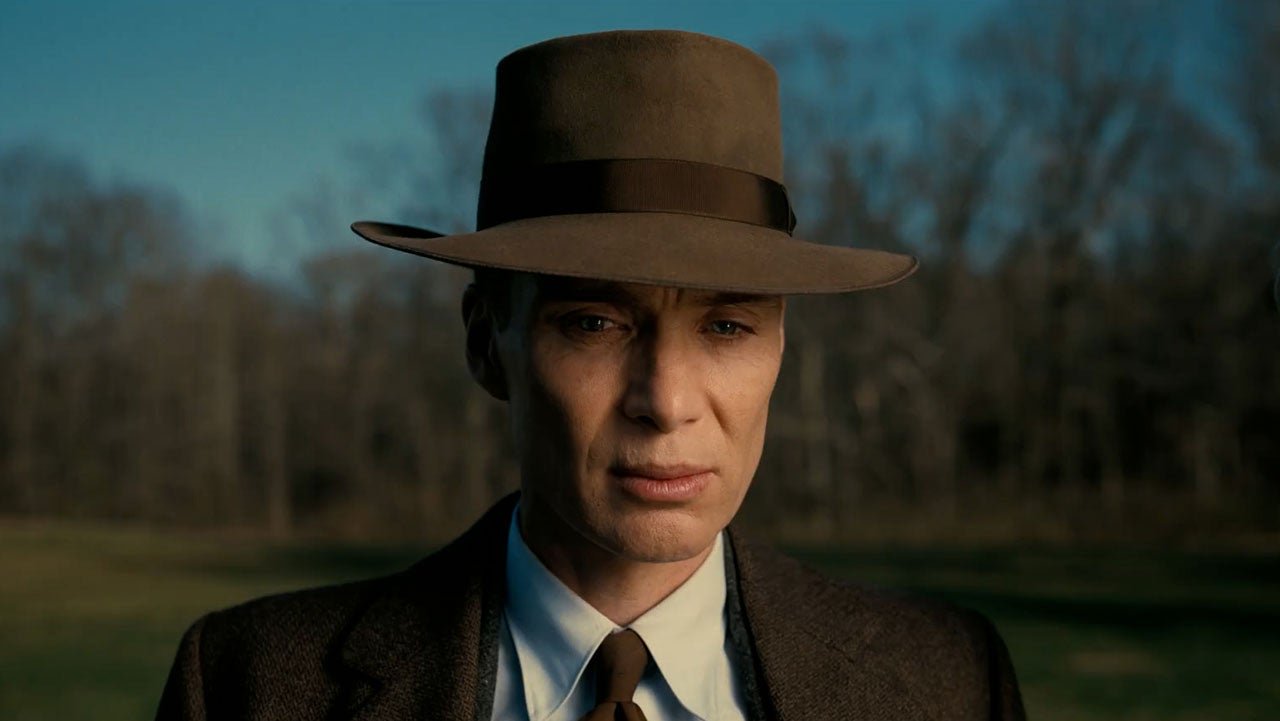The Barbie vs Oppenheimer phenomenon: Why it’s a win for moviegoers
Here’s what you should know about the #Barbenheimer phenomenon that’s been making the waves online.
Written by Matthew Escosia
July 19, 2023
This July 19, two completely unalike films are going head-to-head at the cinemas. On the red corner is Greta Gerwig’s “Barbie”, a hearty tale based on the world-famous toy doll. Margot Robbie stars as a Barbie who goes on an adventure from Barbieland to the real world, and soon experiences the dynamics of what it means to be a human.
Meanwhile, on the blue corner is Christopher Nolan’s “Oppenheimer”. It is the biopic of J. Robert Oppenheimer (Cillian Murphy), the theoretical physicist known for leading the development of the first nuclear weapons during the Second World War.
Counterprogramming and the yin and yang of blockbusters
Both films are aiming to serve a target audience of their own, which could be the biggest factor why Warner Bros. Pictures decided to release “Barbie” on the very same weekend where Universal Pictures booked “Oppenheimer”. It’s the usual counterprogramming that has always been prominent in the summer blockbuster season of recent years. In 2008, the Abba jukebox musical “Mamma Mia” was pitted against the Batman flick “The Dark Knight” (also directed by Nolan), with both titles successfully earning longevity in the cinemas because each appealed to a specific market. And if you’re a family of four going to the cinema on a Sunday, there’s already a divide with mom and daughter choosing the light-hearted fare while dad and son go to the action-driven comic book movie. This case rests the same with other features who've had counterprogramming at the cinemas: “Pitch Perfect 2” competed with “Mad Max: Fury Road” in 2015; “Eat, Pray, Love" faced its biggest contender in the form of “The Expendables” in 2010; and “The Devil Wears Prada” and “Superman Returns” premiered together in 2006.
It has always been harmless unless you’re a major studio releasing a tentpole film in hopes of monopolizing cinemas to exhaust possible revenues from ticket sales.
But Barbenheimer, as the internet calls it as a portmanteau of Barbie and Oppenheimer, is exciting because, in a rare instance, the target crowd of two competing films is encouraging the wider public to watch both. It’s never about which should you watch, but which should you watch first.
The ideal double feature
It’s a double feature that is actually exciting to pull off. As the memes and videos online jokingly recommend, your day needs to start with “Oppenheimer” over a cup of black coffee and cigarette, have brunch afterward before plunging into “Barbie” in the early evening to end on a good note. “Barbie is how you feel in the morning before work, while Oppenheimer is how you feel after a day at work.”
Watching “Barbie” and “Oppenheimer” on the same day isn’t just a response to satisfy an online trend, but a determining factor of the kind of movies we will have moving forward. And it’s also worth noting that people are not just watching both films for the sake of patronizing them, but for the sheer curiosity of getting to see the new works of their filmmakers.
Christopher Nolan has been a household name in cinemas, and his movies are designed to be experienced on the big screen (even going to the lengths of shooting with special IMAX film cameras for the texture and immersion). He’s the rare filmmaker who can get away with any film genre and manage to rake in box office gold, and everyone’s on the lookout for what he does, especially with “Oppenheimer”.
Greta Gerwig, the Oscar-nominated director behind “Little Women” and “Lady Bird”, on the other hand, knows how to use her quirks for storytelling. Her past projects have been lauded for being grounded and for courageously exploring the soul of being a woman. She might not be the person you’d expect to helm a project like “Barbie”, but you can’t help but feel confident about what she can offer.
It may be too early to tell, but “Barbie” and “Oppenheimer” are already reaping the benefits of having the same release date. The Barbenheimer phenomenon has been inescapable in both films’ promotional tours, to the point that it’s helping each other expand their potential reach and viewership.
In the end, it’s all about getting the people to return to the cinemas. If this trend is any indication, it’s the fact that many moviegoers are anticipating and thrilled to watch two movies that don’t have the high success rate of a superhero franchise movie. Here, we have a movie based on a toy that’s usually reserved for young girls, while the other is a big-budget prestige drama from an auteur. It truly is exciting to see what comes after.




